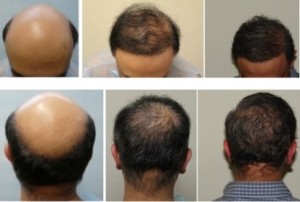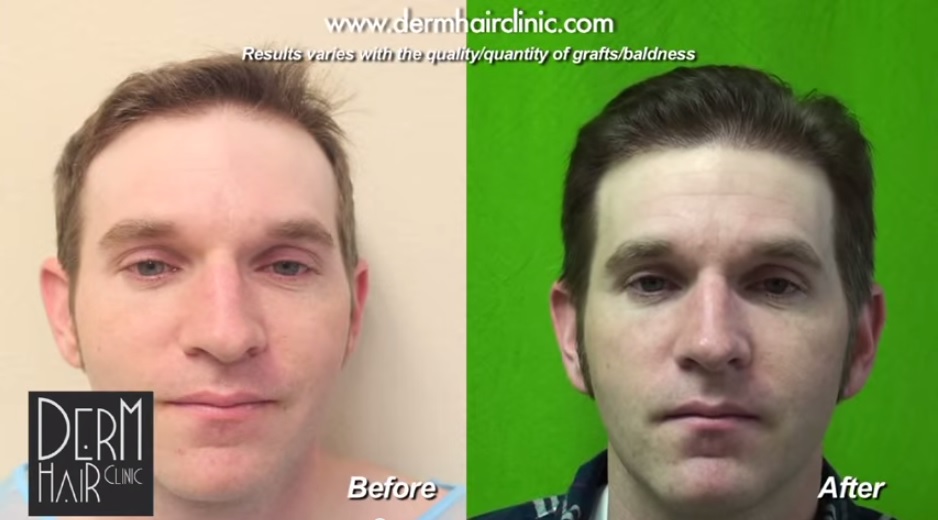(2) Angela Christiano and her team at Columbia University created functional hair follicles in human skin that was grafted onto the backs of mice. They created 3D capsule aggregates of derma papilla cells to help maintain their inductive properties which tend to be lost on flat two dimensional surfaces of petri dishes.
Stem Cell Research on Hair Follicle Regeneration : Generating Scalable Quantities of Epithelial Cells For Conversion to Hair Follicles
Another set of research findings were published on January 28 in a journal called Nature Communications. This involved the efforts of researchers from the University of Pennsylvania’s Perelman School of Medicine to create large, scalable numbers of epithelial stem cells for generating hair follicles. The study was led by Dr. Xiaowei Xu, an associate professor of dermatology at the university.
Immunocompromised mice were used as models for this experiment to help ensure that the cells would not be attacked by the organisms’ immune systems.
The researchers started with dermal fibroblast cells from human adults. They then manipulated three genes to turn them into induced pluripotent stem cells (iPSCs). The significance of using iPSCs is that they have the ability to differentiate into any type of cell.
The scientists were then able to convert the iPSCs into the epithelial cells which are found at the base of the hair follicles.
The newly generated epithelial cells were then combined with follicular inductive dermal cells to differentiate them into actual structures. They were then applied to the pores on the skin of the mice.
What emerged was an outer layer of skin that was structurally similar to epithelial layer of human skin. There were even follicular structures which produced the semblance of hair shafts.
The researchers relied on the timing of cell growth factors to enable the iPSCs to produce large numbers of epithelial cells.
Study’s Implications on Hair Loss Treatment
Although this is yet another groundbreaking form of research on the potential of stem cells to generate hair follicles, does this mean that an actual cure for baldness is soon on its way?
According to Xu, the follicular structures that developed only consisted of the epithelial component of the hair follicles. Real hair follicles also have derma papilla cells at their base.
Also it is important to remember that this research was conducted on animal models. Researchers are not clear on how this new technique might turn out on actual human subjects. Therefore additional experiments and further investigation is needed before the development of an actual treatment for pattern baldness can become available to patients. (509 words)
Although many people are interested in the idea of procuring new hair follicles to compensate for ones that have miniaturized, follicles from body regions can be reliably harvested to restore a full head of hair even in severe bald states.


